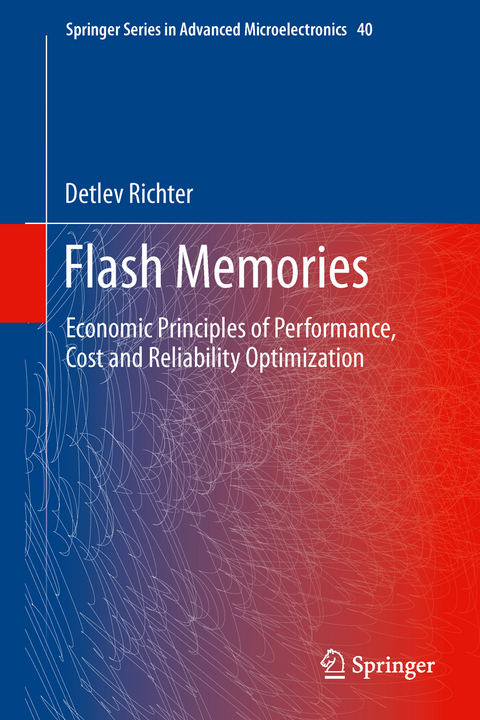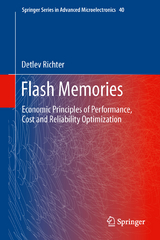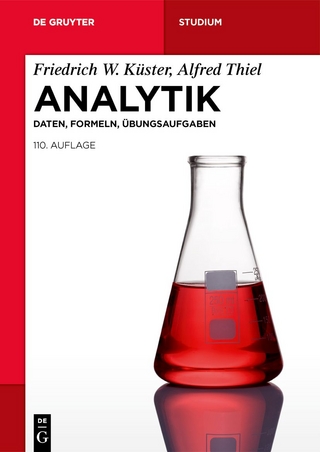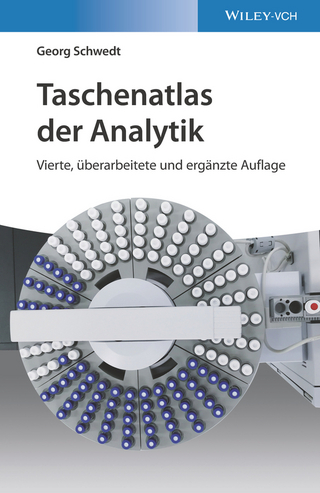Flash Memories
Springer (Verlag)
978-94-007-6081-3 (ISBN)
Cell, array, performance and reliability effects of flash memories are introduced and analyzed. Key performance parameters are derived to handle the flash complexity. A performance and array memory model is developed and a set of performance indicators characterizing architecture, cost and durability is defined.
Flash memories are selected to apply the Performance Indicator Methodology to quantify design and technology innovation. A graphical representation based on trend lines is introduced to support a requirement based product development process.
The Performance Indicator methodology is applied to demonstrate the importance of hidden memory parameters for a successful product and system development roadmap.
Flash Memories offers an opportunity to enhance your understanding of product development key topics such as:
· Reliability optimization of flash memories is all about threshold voltage margin understanding and definition;
· Product performance parameter are analyzed in-depth in all aspects in relation to the threshold voltage operation window;
· Technical characteristics are translated into quantitative performance indicators;
· Performance indicators are applied to identify and quantify product and technology innovation within adjacent areas to fulfill the application requirements with an overall cost optimized solution; · Cost, density, performance and durability values are combined into a common factor – performance indicator - which fulfills the application requirements
Detlev Richter is Business Area Manager at TÜV SÜD Automotive GmbH in Garching, Germany responsible for powertrain technologies. Before he led the electronic development for power inverters at Semikron GmbH & Co. KG in Nuremberg. Before he was Director at Qimonda Flash GmbH, where he led the Product Innovation for flash memoires based on multi-bit charge trapping and multi-level floating gate flash cells. Before he was Director at Infineon Technologies AG, where he led the Product Engineering and Test activities for flash memories, ASIC’s, SOC with embedded DRAM and speciality DRAM. His research interests include “fault analysis of memories based on defect injection and simulation”, “Innovative cell and sense concepts for non-volatile memories” and “Enhancement of MLC Flash using improved ECC techniques”. Before he was product engineer responsible for process integration and optimization for bipolar power technologies at BOSCH in Reutlingen. He studied Electrical Engineering at TU Sofia and TU Dresden and has the Dipl.-Ing. Degree from the Technical University of Dresden.
1 Introduction.- 2 Fundamentals of Non-Volatile Memories.- 3 Performance Figures of Non-Volatile Memories.- 4 Fundamentals of Reliability for Flash Memories.- 5 Memory based System Development and Optimization.- 6 Memory Optimization - Key Performance Indicator Methodology.- 7 System Optimization based on Performance Indicator Models.- 8 Conclusion and Outlook.- 9 References.- Recent Publications by the Author.
| Erscheint lt. Verlag | 20.9.2013 |
|---|---|
| Reihe/Serie | Springer Series in Advanced Microelectronics ; 40 |
| Zusatzinfo | 185 Illustrations, black and white; XXIV, 268 p. 185 illus. |
| Verlagsort | Dordrecht |
| Sprache | englisch |
| Maße | 155 x 235 mm |
| Themenwelt | Naturwissenschaften ► Chemie ► Analytische Chemie |
| Naturwissenschaften ► Physik / Astronomie ► Festkörperphysik | |
| Technik ► Elektrotechnik / Energietechnik | |
| Schlagworte | Hardware (HW) Design • HW / SW Co-Design • Key Indicator Models • Memory Design • NAND Flash • non-volatile memories • Performance/Cost Indicator • Reliability • Software (SW) Design • Solid-state storage • System Optimization |
| ISBN-10 | 94-007-6081-7 / 9400760817 |
| ISBN-13 | 978-94-007-6081-3 / 9789400760813 |
| Zustand | Neuware |
| Informationen gemäß Produktsicherheitsverordnung (GPSR) | |
| Haben Sie eine Frage zum Produkt? |
aus dem Bereich




